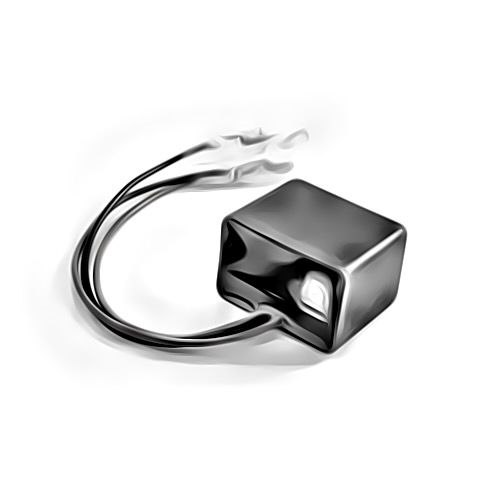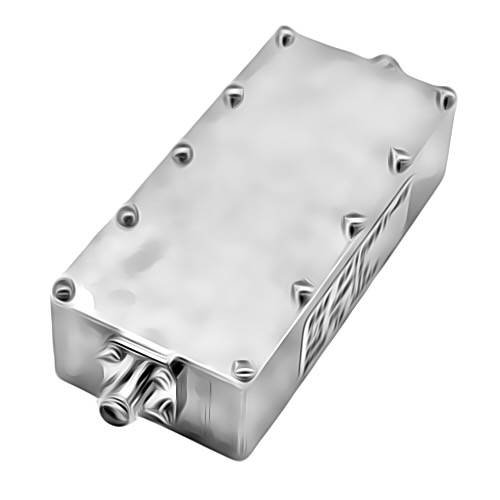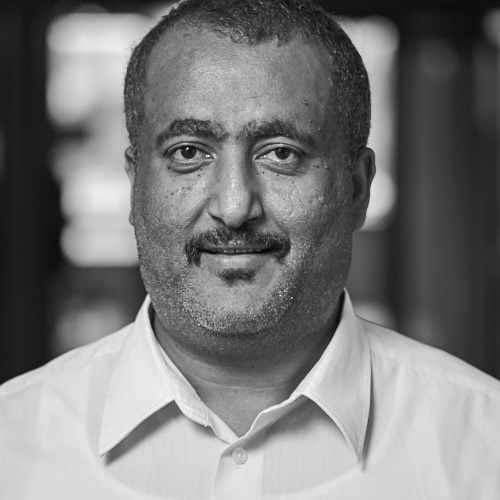When selecting a signal filter, the impedance ratios and the passband are particularly important. Analog messages differ in signal form from digital information. Square-wave signals require an extended passband and a low capacitive load for the undistorted transmission of the harmonic components. The design is therefore divided into filters for analog and for digital signals. Our signal filters of the A11x17 series are mostly designed as two-wire filters. The tinplate housing is RF-tight soldered. The connection cables are led out through a threaded bushing over one end and one narrow side. The filter housing can be screwed directly to a shield wall. For telephone and data line filters, the input and output lines are shielded.
For analog signals, the filter is selected depending on the passband. The circuits are constructed as double-π throughout. Film capacitors with large frontal areas offer good high-frequency characteristics. Their typical self-healing effect provides fast isolation during overvoltage peaks. All filters can be optionally constructed with EMP protection (Electromagnetic Pulse Protection). The circuits of the digital signal filters are designed as triple-π. To cover all applications, different passbands can be selected here as well. By using four-wire filters, the four-wire bus system can be served e.g. for the ISDN basic access with S0 or S2M interfaces.
For complex systems we supply assembled systems with up to 250 filters per cabinet. Within a cabinet the filter types are freely selectable. HF-tight boxes made of VA steel (chrome-nickel steel) provide the required shielding density within a standard cabinet. For cable entry into the shielded compartment, a metallic corrugated ring conduit is recommended (option). In filter cabinets, the connecting cables are laid on LSA+ contact strips for easy installation. We will be pleased to check the feasibility of any deviating filter requirements that are not met by the standard program.
 Checkliste EMV Filter 488 KB
Checkliste EMV Filter 488 KB





